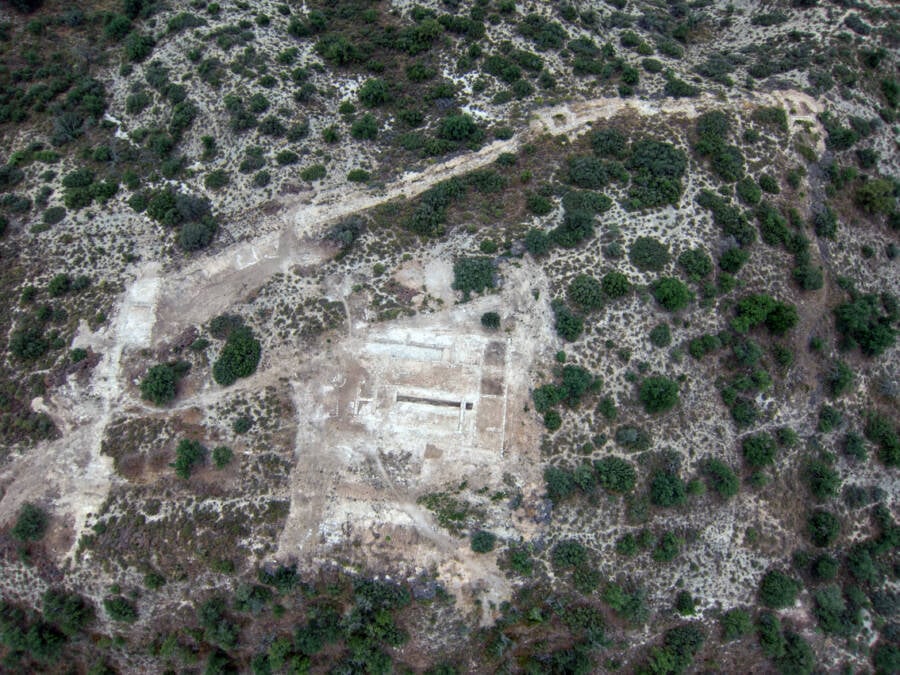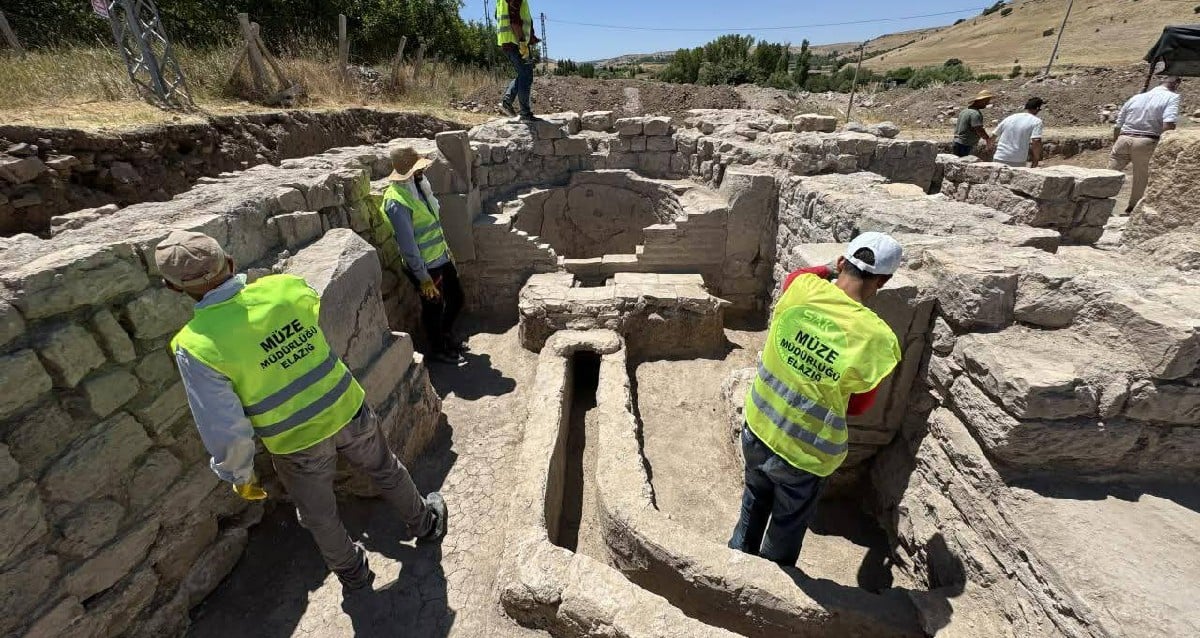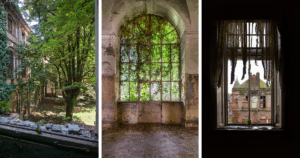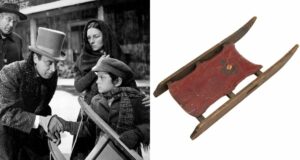“Unlocking the Secrets of Iron Age Horrors: What Recent Discoveries About Severed Heads in Spain Reveal About Ancient Rituals”
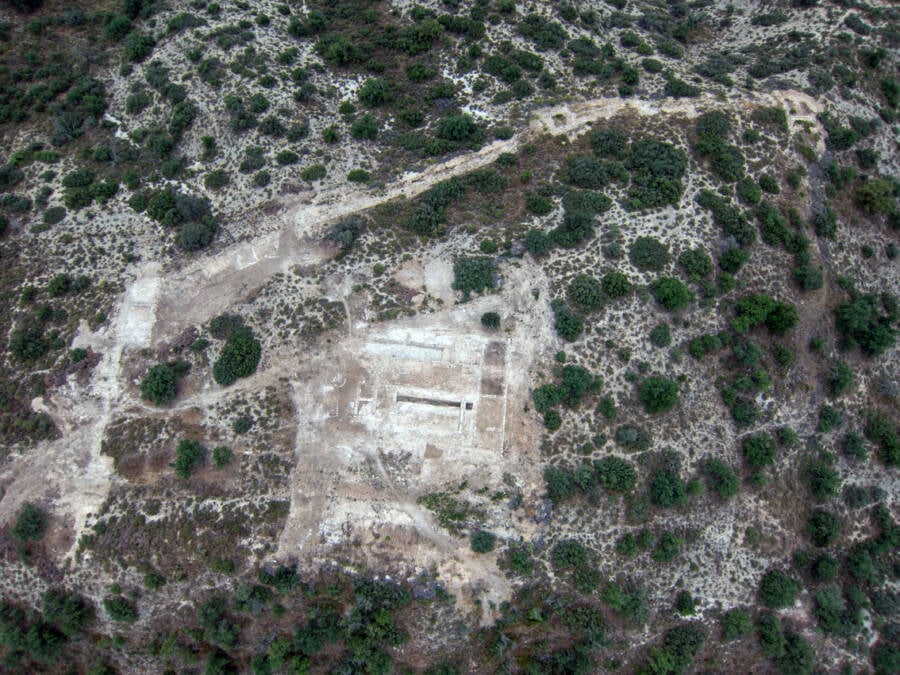
patrimoni.gencat/FlickrAn aerial view of Puig Castellar.
“The individuals from Puig Castellar were all found in an area of great public exhibition, such as the settlement’s entrance gate,” the study’s authors wrote. “We do not know if they were nailed to the wall or in some other area of the entrance, although the assumption that they were placed in the wall has led to interpreting these skulls as trophies of war.”
Scientists also studied three skulls from Ullastret, determining that two of them belonged to locals. Both of these decapitated heads were unearthed in domestic structures, such as homes or private quarters. Because of this, the team believes they were from important community members rather than war prisoners.
“The exposed remains would be important inhabitants of the settlement,” the researchers wrote, “possibly venerated or vindicated by society, perhaps associated with family groups or rival factions vying for power. In addition, the contexts in which these remains were found are interpreted as domestic units or dwellings.”
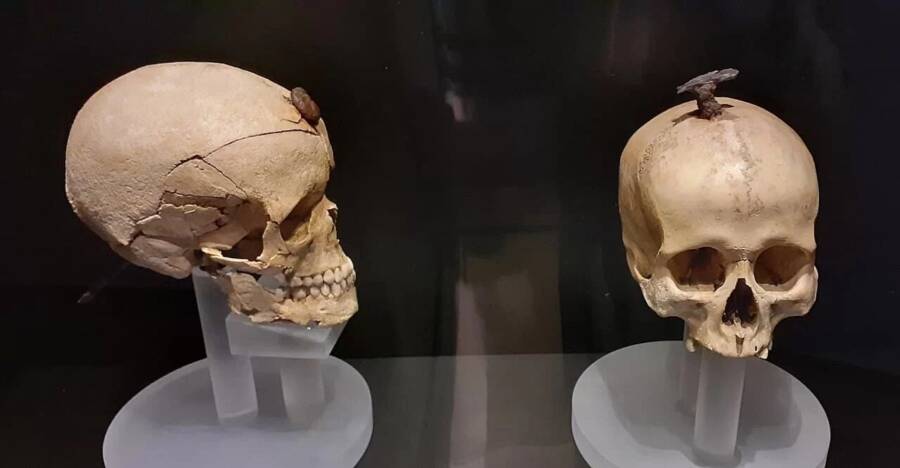
AlbertRA/Wikimedia CommonsSkulls from Puig Castellar dating back to 300 B.C.E.
The third Ullastret skull was also linked to a foreigner. It was found in a burial pit, which “could align with the hypothesis that the heads of ‘enemies’ were brought as a trophy, and stored in boxes or pits, a practice documented among the Gauls of southern France.”
Lastly, the research team found that the decapitated prisoners of war were not chosen randomly: “These severed heads reveal a homogeneous trend in terms of sex, as all are male; however, the mobility and depositional patterns suggest greater diversity, implying social or cultural differences among individuals from these two Iron Age communities.”
